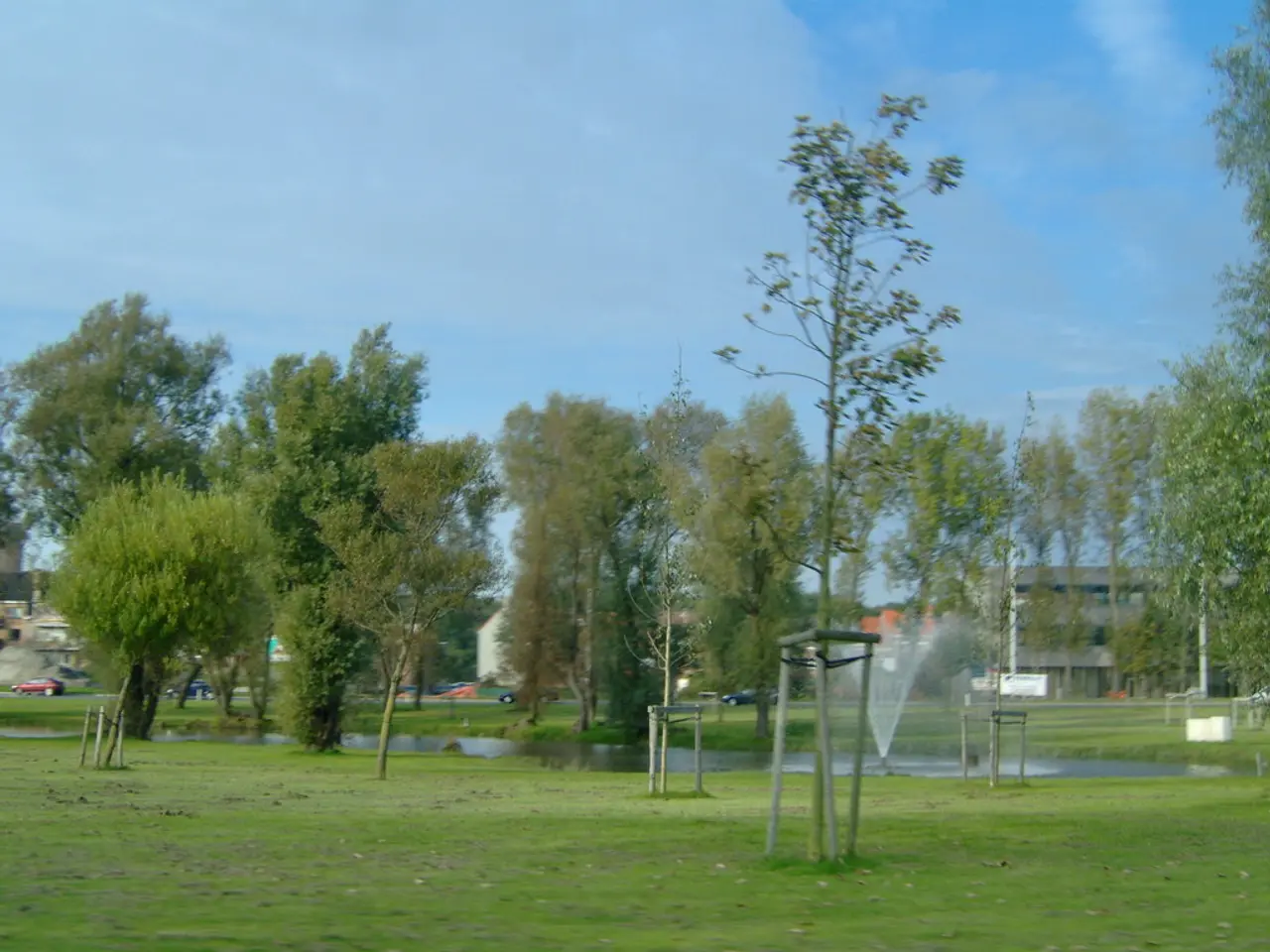Purdue Researchers Revolutionize Single-Photon LiDAR with Real-Time Processing Breakthrough
Researchers from Purdue University have made a significant breakthrough in single-photon LiDAR (SP-LiDAR) technology. Their innovative model, the first of its kind, promises to enhance performance, advance 3D imaging, and enable real-time data processing.
The team, comprising Weijian Zhang, Hashan K. Weerasooriya, Prateek Chennuri, and Stanley H. Chan, introduced the non-sequential Markov model for SP-LiDAR timestamp distributions. This model separates the effects of dead time, allowing for faster computation and substantial acceleration compared to current methods.
The new theoretical analysis also reveals previously overlooked factors influencing the model's stability and accuracy. Remarkably, the model matches the accuracy of complex Monte Carlo simulations but requires significantly less processing time, making real-time processing a tangible possibility.
The Purdue University team's research has the potential to revolutionize SP-LiDAR technology. By improving performance, advancing 3D imaging, and enabling real-time processing, their work could pave the way for enhanced autonomous vehicles, robotics, and other applications that rely on LiDAR technology.





